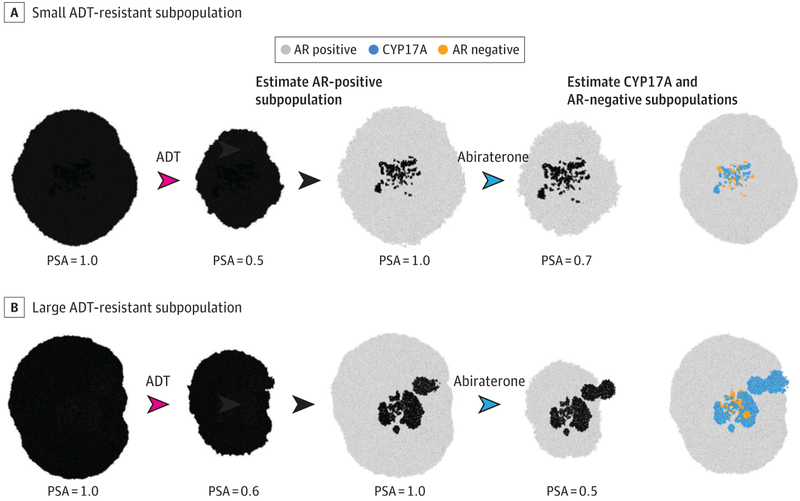Figure 4. Using the Bellman Theorem to Guide Brief Applications of Treatment to Estimate the Size of Resistant Populations and Their Strategies.
As a simplified example of this “unmasking process,” we use the simulations in Figure 3 but assume that the metastatic prostate cancer is presenting with unknown cellular composition. Because nearly all precastration metastatic prostate cancer initially responds to androgen deprivation therapy (ADT), we assume that the androgen receptor (AR)-positive population is dominant. Here we wish to determine the size of the resistant populations by giving brief pulses of ADT and abiraterone. A, Here the ADT-resistant subpopulations are small. Initial treatment with a pulse of ADT causes a marked decrease in tumor size (measured with prostate-specific antigen [PSA]). This allows the treating physician to estimate the fraction of the AR-positive population. The physician can then briefly apply abiraterone. The smaller decrease in tumor size is used to estimate the size of the CYP17A1 phenotypes population. All other cancer cells can then be assumed to be AR negative, allowing an evolution-based treatment similar to that shown in Figure 3A. B, Here the initial combinations of ADT and abiraterone show that the population expressing CYP17A is much larger and indicate the need for combined therapy as shown in Figure 3B. Each arrowhead represents a treatment period (red arrowheads indicate ADT; blue arrowheads, abiraterone). The drug used is above the arrowhead. No specified drug indicates a treatment holiday (black arrowheads).

